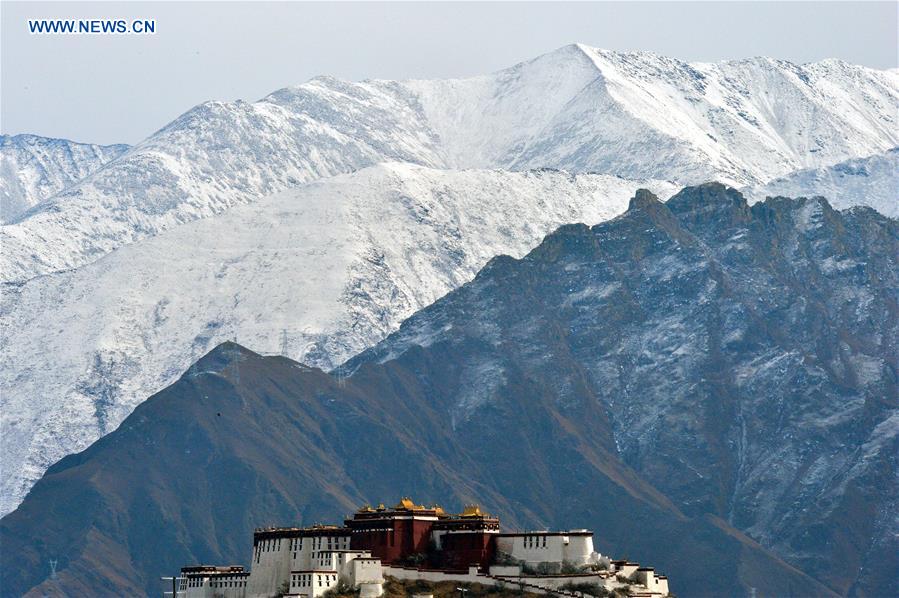Disposable income of Lhasa urban residents reaches historic high

During the period of the “Twelfth Five-Year Plan”, the disposable income of Lhasa urban residents rose from 16,567 yuan in 2010 to 23,057 yuan in 2014, representing an overall increase of 39.2 percent since 2010 and a yearly increase of 8.6 percent.
During the “Twelfth Five-Year Plan” period, Lhasa implemented a series of policies including a system for minimum subsistence guarantee, purchase of public welfare positions, and implementing a policy for households without a working family member, which have continuously widened the channel of urban residents’ employment and increased the level of disposable income to a new high.
Currently, the household conditions for Lhasa urban residents has clearly improved, with household durable consumer goods gradually developing towards brand-name goods, and spending on education, culture, and entertainment continue to grow.
With the improvement of living standards, various Tibetan family restaurants, Chinese food restaurants, and Western restaurants can be found everywhere on the streets of Lhasa. Says Sulang Tajie, an elderly Tibetan: “Life is better. Having enough to eat is not a concern; right now the most important is to eat healthily.”
Your Comment
Name E-mailRelated News
-
;
-
-

-
Aid from Shandong promotes local income in Tibet's Namling County
Since 2014, Shandong Province has invested a total of 9 million yuan into Elmar Village in Shigatse’s Namling County to expand the nursery from the original 340 mu to 890 mu.
-
-
-

-
Tourism industry in SW China's Sichuan increases family income
Photo taken on June 15, 2015 shows an aerial view of the Riji Village at Yajiang County, southwest China's Sichuan Province.
-
-
-
Tibetan tea brings descent income to farmers
"We are now living a comfortable life with an income of nearly 20,000 yuan per year," 63-year-old Juewu Zhima said to our reporter when working at the Snowland Odser Tea Factory in Luhuo County of Ganzi Tibetan Autonomous Prefecture, Sichuan Province.
-
-
-

-
Booming Tibetan monastery with annual income of 7 mln yuan
Zonglor Chamba Khedrup, born in 1940 in Tibet's Chamdo Prefecture, was recognized as a Rinpoche of Tsonglhor Monastery in Riwoqe County in 1943.
-











